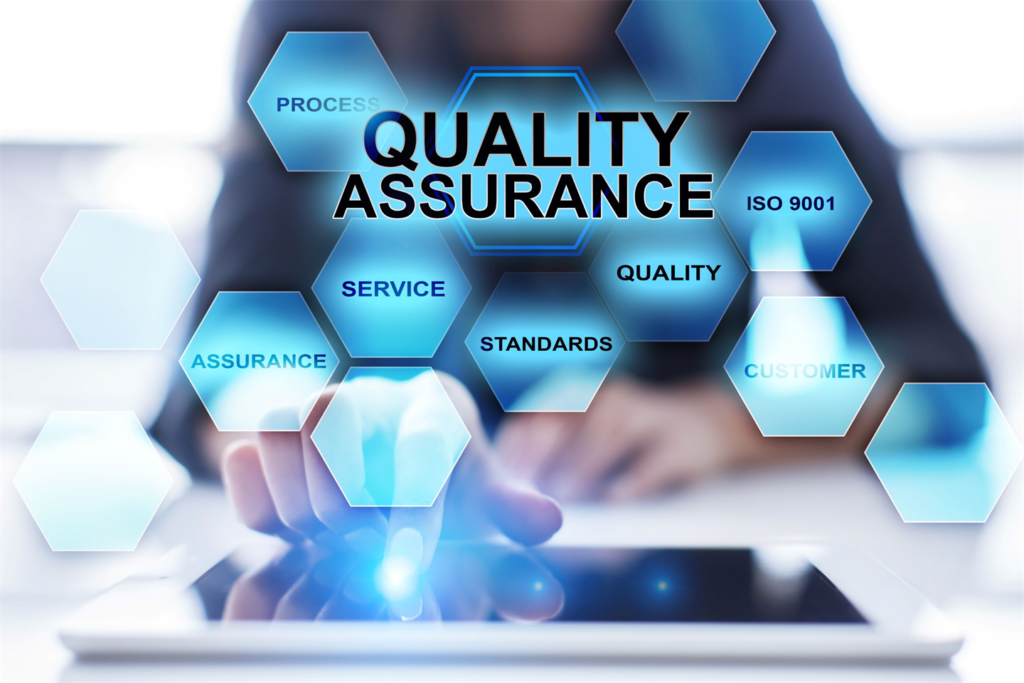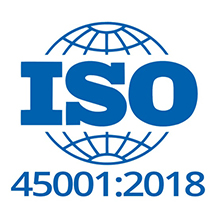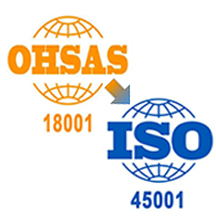Our Services
ISO 45001
-----------------
Quality Management Systems (OH&S)
What is ISO 45001?
ISO 45001, effective March, (formerly OHSAS 18001), is an International Standard that specifies requirements for an occupational health and safety (OH&S) management system.
We enable our customers!
It provides guidance to enable a company (even one with low-risk operations) to improve performance and prevent injury and ill-health. Companies are asked to take appropriate preventative measures to reduce or eliminate risks to the people in their organization.
Any size, we got you covered!
ISO 45001 has been written to apply even to small businesses, regardless of size or type. Its requirements are designed to be easily integrated into other management processes, such as ISO9001, ISO 14001 and other ISO standards.


RPM CONSULTING INC.
ISO 45001 Compliance


With ISO 45001 other aspects of worker health and safety can be integrated such as wellness/wellbeing and may be required by local/state legal requirements. The ISO 45001 standard does not specifically address issues such as product safety, property damage or environmental impact. The ISO 45001 standard’s primary goal is to eliminate or minimize the risk of harm to people.

ISO - 45001
GET CERTIFIED

Implementing ISO 45001
Organizations can ensure that their people are safer and healthier when implementing the ISO 45001 standard. A company’s OH&S management system provides a systematic set of processes that support its sustainability initiatives and can increase profitability for the organization.
The ISO 45001 standard is appropriate for any size or type of organization, even those with low-risk products and environments. ISO 45001 is designed to be integrated into the company management processes and can easily be integrated with ISO 9001, ISO 14001 and other ISO standards.
Because ISO 45001 uses the organization and structure as ISO 9001; companies can use the risk-based approach that is common to successful organizations to manage their business risks in addition to their OH&S risks.
Taking a proactive stand to reinforce an organization’s commitment to improving its OH&S performance shows care, compassion and concern for the people in the organization.

Benefits of Implementing ISO 45001
Occupational Health & Safety Certification offers a number of benefits:
- It enables your company to improve its OH&S performance
- Improves the ability to respond to regulatory compliance issues
- Reduces downtime and costs of disruption to operations
- Reduces the cost of your insurance premiums
- Reduces absenteeism and employee turnover rates
- Provides recognition and differentiation for achieving an international benchmark
- Greater customer satisfaction for those customers who are concerned about your performance and social responsibility
ISO 45001 can be easily integrated with ISO 9001 and ISO 14001 because the Annex SL structure is the same for all these standards.
ISO 9001 can be achieved simply and affordably by small businesses with our expert consultants and our online training.
4 Simple Steps to Certification:
Step 1: Plan — As we assist you in learning the basics of the ISO requirements, your consultant will perform a Gap Analysis, if required, help you prepare the required documentation, quality manual, documented processes.
Step 2: Implement — your consultant will assist your company as you implement the ISO process, working with your team to set goals, conduct management reviews, review results, and drive the action needed for improvement.
Step 3: Review — An full system internal audit will be conducted to ensure you are prepared for the registrar audit. Together, you will review process corrections that are needed and make sure you have all the necessary documentation you will need to be in compliance with the standard.
Step 4: Certify — Finally, RPM Consulting, Inc. will assist you in securing a registrar, or Certification Body, to perform your final Stage 2 external audit. Upon completion, we will assist you to correct any findings (if applicable), then you will receive your ISO certificate.
